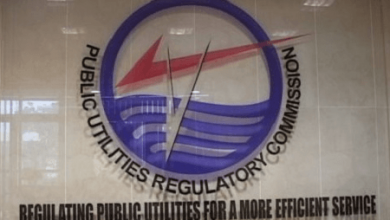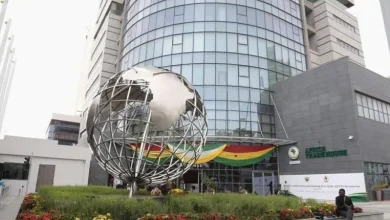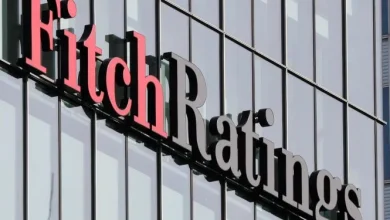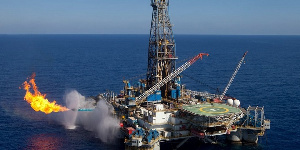Gas regasification facility contracting misplaced, wasteful – IES
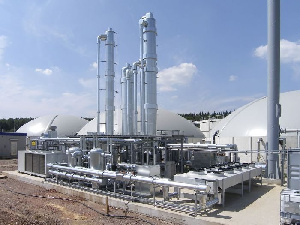
Both natural gas liquefaction and regasification are strategic options open to the government of Ghana (GoG) within the natural gas sub-sector.
However, the country’s short-term and long-term priorities must be set right, so the country does not pay for what it does not need immediately.
An industry report shows that the raw gas exported to Ghana National Gas Company (GNGC) from the three producing fields represent less than 38 percent of produced gas compared to reinjected and flared gas which is in excess of 68,000 million standard cubic feet (MMscf), constituting 59 percent-plus of produced gas. It is therefore clear that the country has failed to make optimal use of its natural gas resource while it struggles to off-take the gas, hence the decision to re-inject and flare.
With ample proof that there is sufficient supply from domestic sources to meet the country’s gas needs, the contracting of a regasification facility at this moment is a misplaced priority and wasteful. It is wasteful in the sense that it is going to worsen the excess supply situation, resulting in more cost to the country, in the face of the take-or-pay clause embedded in the liquefied natural gas (LNG) import contract.
Ordinarily, where there are clearly excesses in the supply of the commodity, and the excesses are creating bottlenecks for production and cost to the off-taker, the excess gas production should rather provoke a search for a new market. Therefore, the most feasible decision for the government to take is to export the excess gas. Gas liquefaction would therefore be a probable choice, aside from pipeline transportation; giving that the continuous re-injection and flaring of excess gas may unnecessarily distort the geology of the gas formation, harm the environment, and cost the country to lose money.
Therefore, the decision to build an LNG regasification facility in the country for purposes of importation is hasty and needless. There is absolutely no linkage to the short-term and long-term needs of the country. The decision to procure the facility at this moment will only contribute to the excesses and come at a cost to the country. The country is better off prioritizing investment into gas liquefaction than regasification.
Presently, the issue about the supply of gas has well been addressed by domestic production. What is left to be solved in the demand-supply equation is the demand factor.
The government must therefore stimulate demand by putting in place relevant gas infrastructure and regulatory policies to resolve the issue of unutilized gas, beyond the use of natural gas for power generation.




